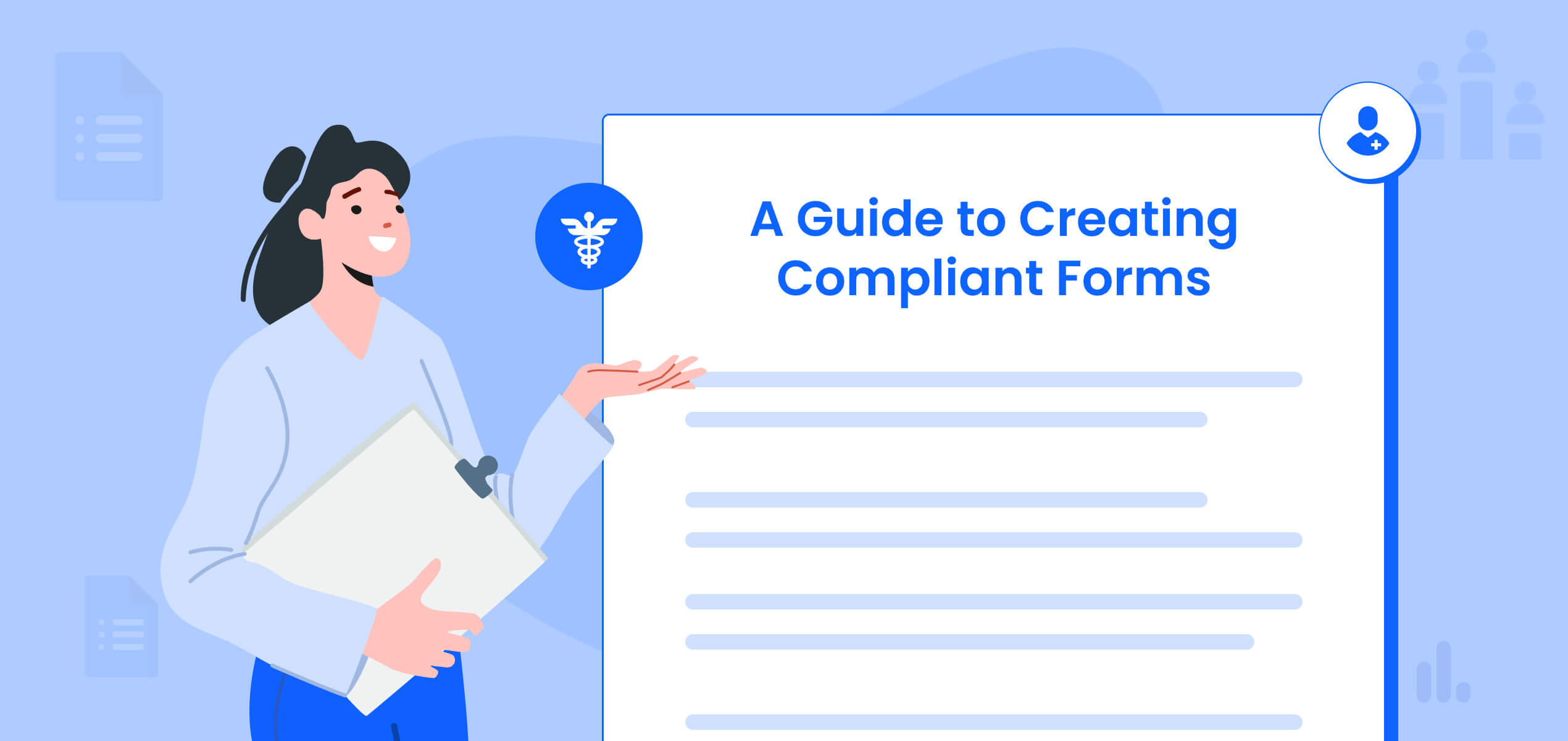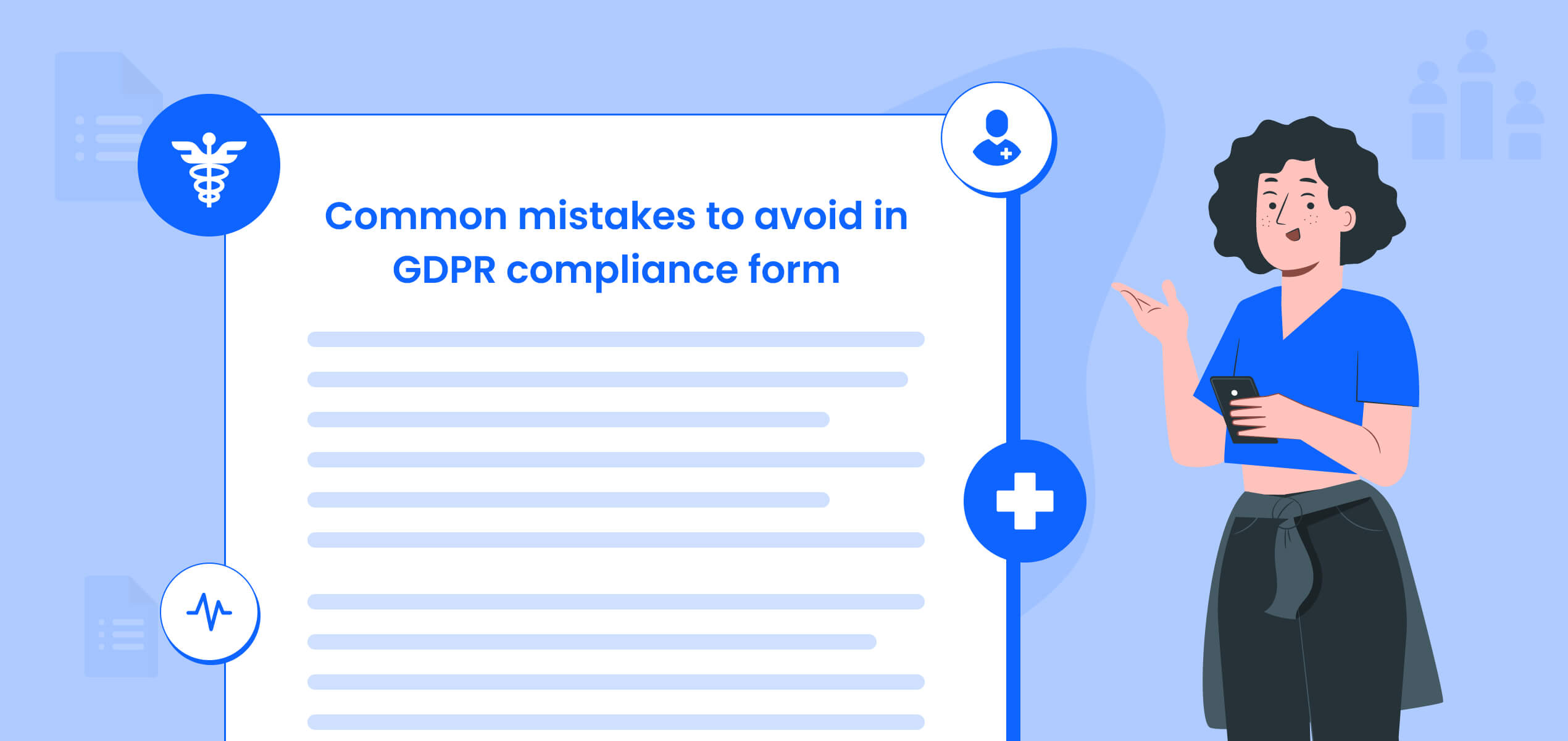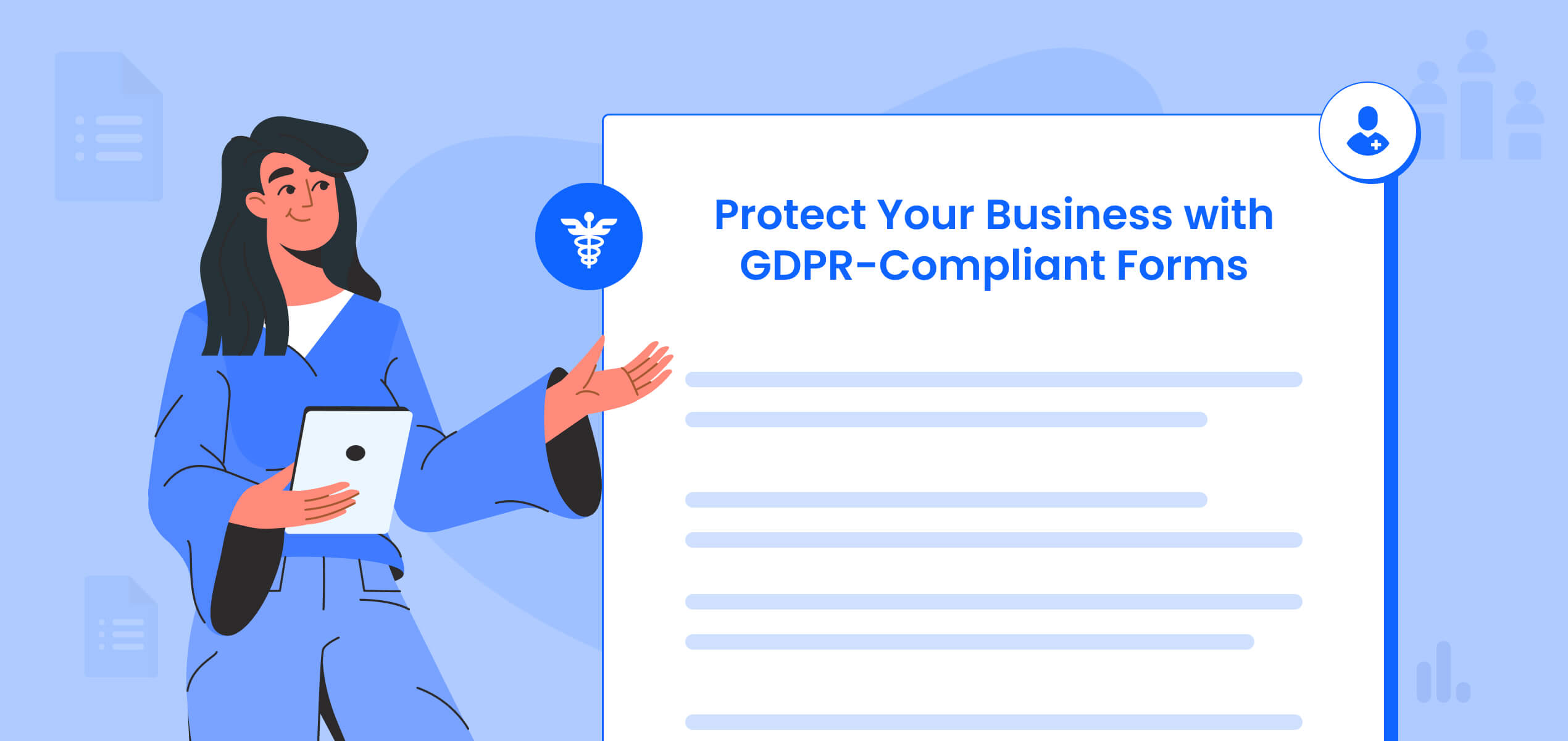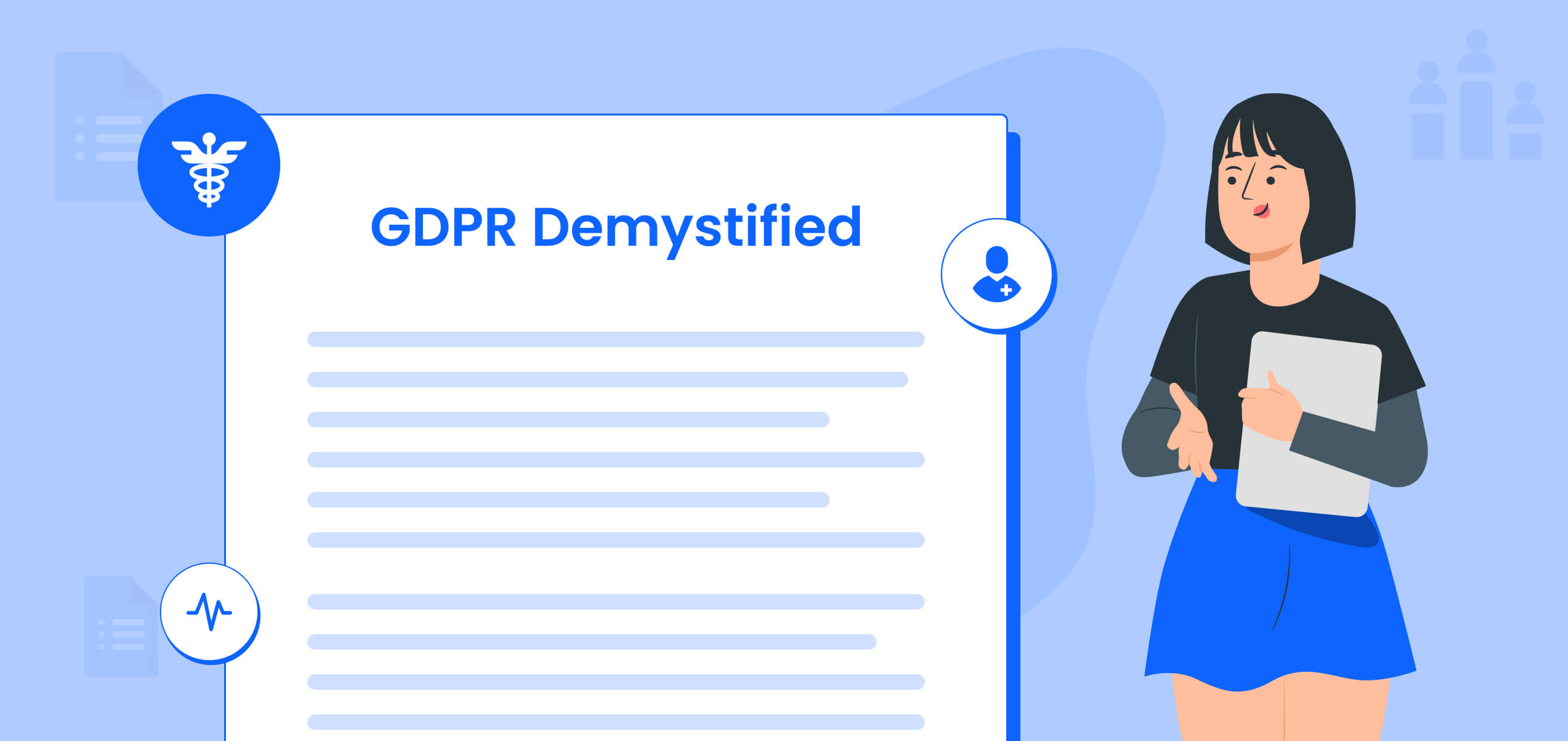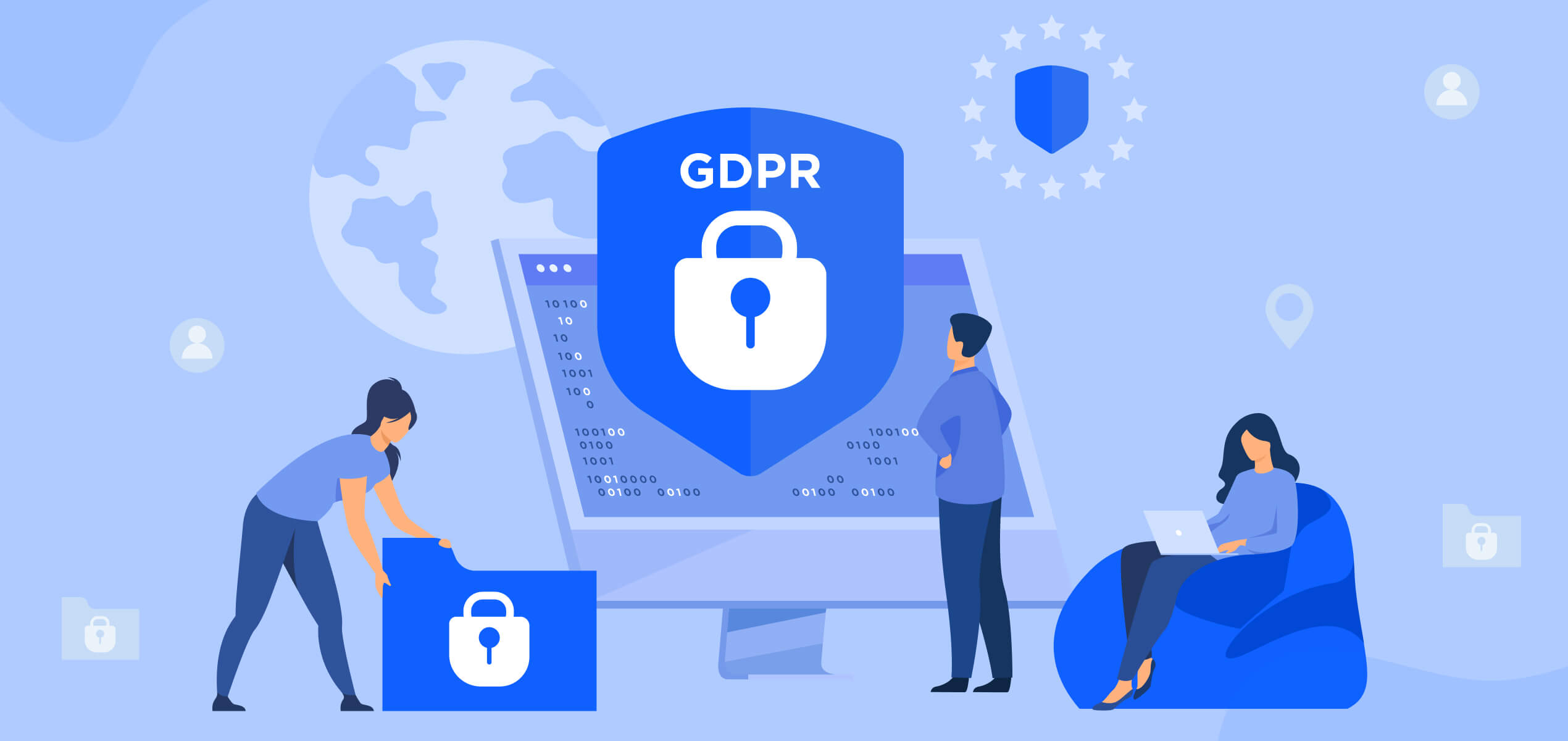The General Data Protection Regulation (GDPR) has reshaped the way businesses collect, handle, and store personal data of EU citizens. Since its implementation in 2018, companies that fail to comply with GDPR regulations risk facing severe GDPR fines.
Did you know?
Meta was hit with a historic €1.3 billion fine in May 2023 for transferring European user data to the U.S. without proper protection mechanisms, marking the largest GDPR fine to date.
Amazon was fined €746 million in 2021 for violating GDPR by the Luxembourg National Commission for Data Protection (CNDP) over its advertising targeting system, which lacked proper consent from users.
TikTok faced a €345 million fine in 2023 for mishandling children’s accounts, particularly in terms of data processing, transparency, and fairness.
A primary source of non-compliance is often poorly designed forms that don’t meet GDPR standards. In this guide, we’ll explore actionable tips to help you avoid a GDPR compliance penalty by creating forms that respect user data and follow the law.
Understanding GDPR and Its Impact
GDPR is a European Union (EU) regulation designed to give individuals more control over their personal data. Its principles apply to any organization that processes the data of EU citizens, regardless of where the organization is located.
Why Non-Compliance Matters:
- Financial Consequences: GDPR non-compliance can lead to massive GDPR fines, which can cripple small businesses and significantly impact larger organizations.
- Reputational Damage: Beyond the financial aspect, companies that fail to comply face a loss of customer trust, potentially damaging their brand.
- Legal Action: GDPR violations can result in lawsuits, further adding to the cost of non-compliance.
Types of Fines For a GDPR Violation
The General Data Protection Regulation (GDPR) imposes financial penalties based on the severity of non-compliance. These fines are divided into two levels: Level-One for less severe violations and Level-Two for more severe breaches. Below is a summary of the fines and their applicable scenarios:
| Fine Tier | Penalty | Examples of Violations |
|---|---|---|
| Level-One Fines (Article 83(4)) | Up to €10 million or 2% of the company’s worldwide annual revenue, whichever is higher. |
|
| Level-Two Fines (Article 83(5)) | Up to €20 million or 4% of the company’s worldwide annual revenue, whichever is higher. |
|
Key Requirements for GDPR-Compliant Forms
Creating forms that avoid GDPR compliance penalties involves more than just ticking a few boxes. Here are the key requirements your forms must meet:
1. Explicit Consent
GDPR mandates that organizations obtain clear and affirmative consent from users before collecting their data.
- How to Ensure Compliance:
- Use checkboxes for consent that are unchecked by default.
- Avoid pre-ticked boxes or implicit consent.
- Clearly state what the user is consenting to, such as subscribing to a newsletter or agreeing to terms of service.
2. Purpose Limitation
Collect data only for specific, explicit, and legitimate purposes.
- How to Ensure Compliance:
- Specify why you are collecting the data on your forms.
- Avoid requesting unnecessary information.
- Use concise and jargon-free language to describe the purpose.
3. Data Minimization
Gather only the data that is essential for your stated purpose. Excessive data collection increases the risk of a GDPR compliance penalty.
- How to Ensure Compliance:
- Remove non-essential fields from your forms.
- Regularly audit your forms to ensure they collect only the necessary data.
4. Right to Access and Erasure
Users have the right to access their personal data and request its deletion under GDPR.
- How to Ensure Compliance:
- Include a privacy notice on your forms with details on how users can access or delete their data.
- Provide a clear process for handling data access and erasure requests.
5. Secure Data Transmission
Data security is a cornerstone of GDPR. Breaches can lead to hefty GDPR fines and legal action.
- How to Ensure Compliance:
- Use HTTPS to encrypt data transmitted through forms.
- Store collected data securely and limit access to authorized personnel only.
- Regularly update your security measures to protect against vulnerabilities.
Tips for Building GDPR-Compliant Forms
To avoid a GDPR penalty, bookmark this table that has all the best practices when designing your forms:
| Best Practices for GDPR Forms | Description | What to Include/Questions to Ask |
|---|---|---|
| 1. Include a Privacy Policy Link | Link to your privacy policy explaining how user data is handled. |
|
| 2. Use Double Opt-In for Email Subscriptions | Ensure users genuinely consent to receiving emails with a double opt-in process. |
|
| 3. Design Clear and Transparent Consent Requests | Use plain language and provide separate consent options for different purposes. |
|
| 4. Audit Third-Party Tools | Ensure third-party tools for data processing are GDPR-compliant. |
|
| 5. Regularly Test Your Forms | Periodically test your forms to ensure they remain compliant as regulations evolve. |
|
Tools for Creating GDPR-Compliant Forms
The easiest way to go about creating GDPR compliant forms is to use a form builder that is already GDPR compliant! A few form builders exist that can help you create forms that adhere to GDPR standards, reducing the risk of GDPR compliance penalties:
- MakeForms: Has GDPR-friendly form templates that are ready to go.
- Google Forms: While basic, it allows for customization to meet GDPR requirements.
- Typeform: Offers GDPR-compliant features like encrypted data collection.
GDPR Forms: Prevention is Better Than Fines
Start implementing these practices today to ensure your forms meet GDPR standards. From linking a clear privacy policy to using double opt-in processes and auditing third-party tools, every step you take toward compliance strengthens your commitment to protecting user privacy. The result? A business that thrives on trust and avoids the massive fines of GDPR violations.
